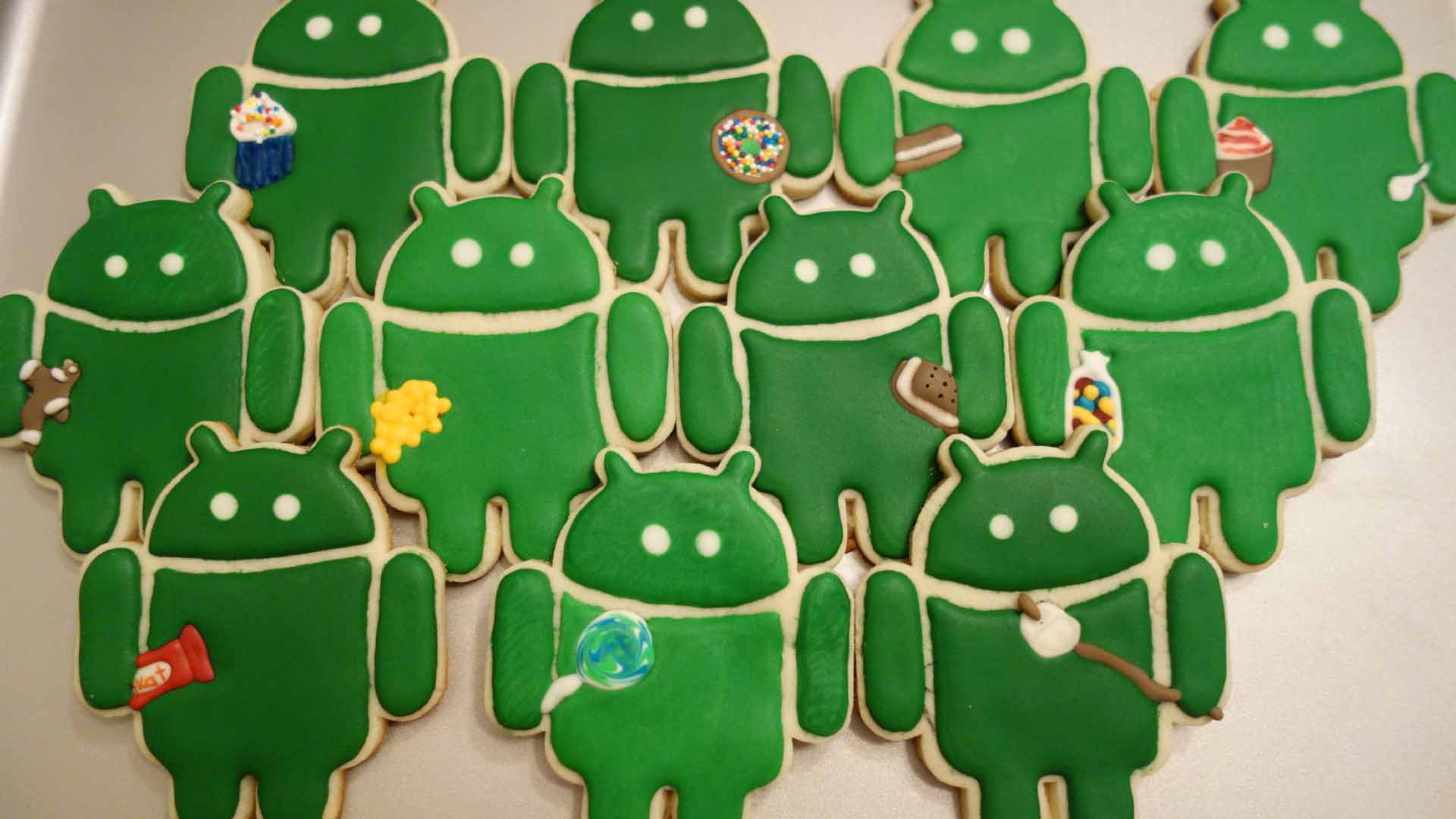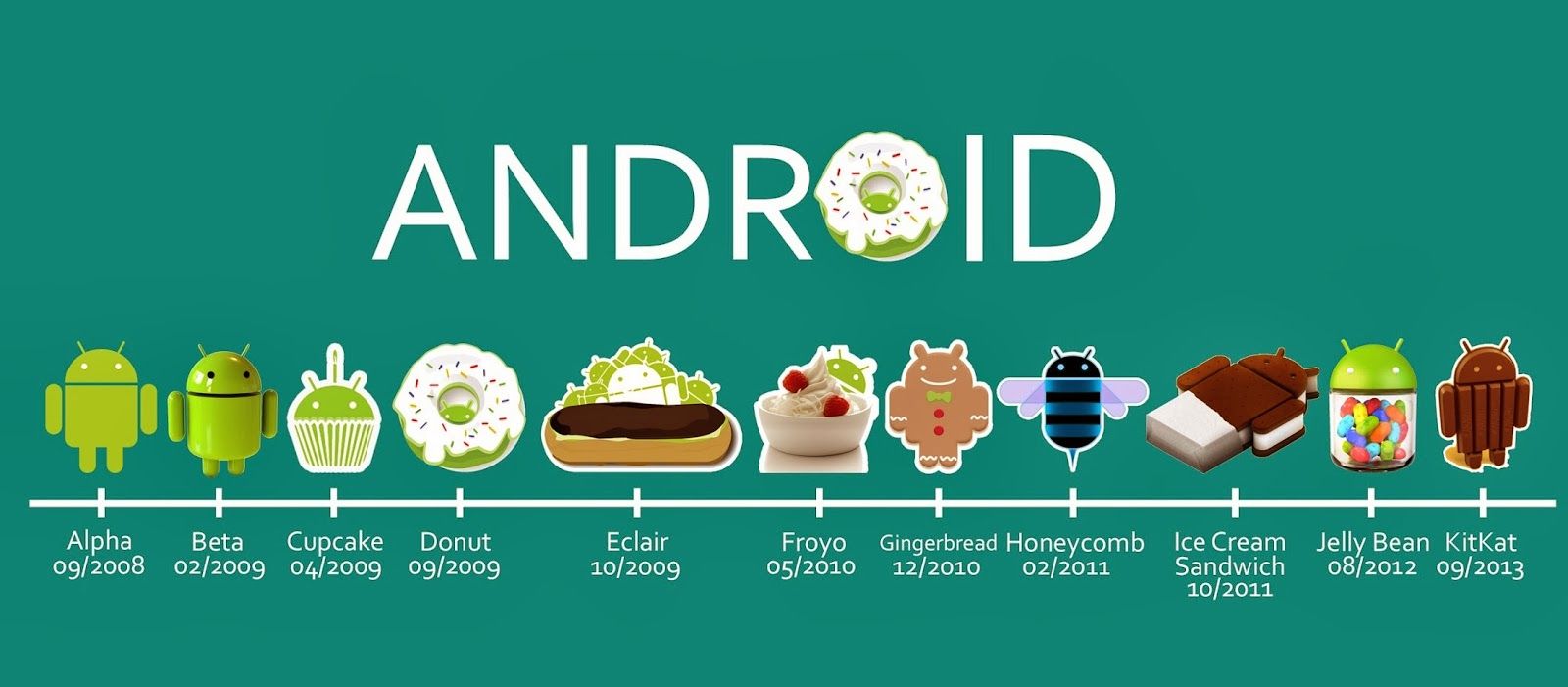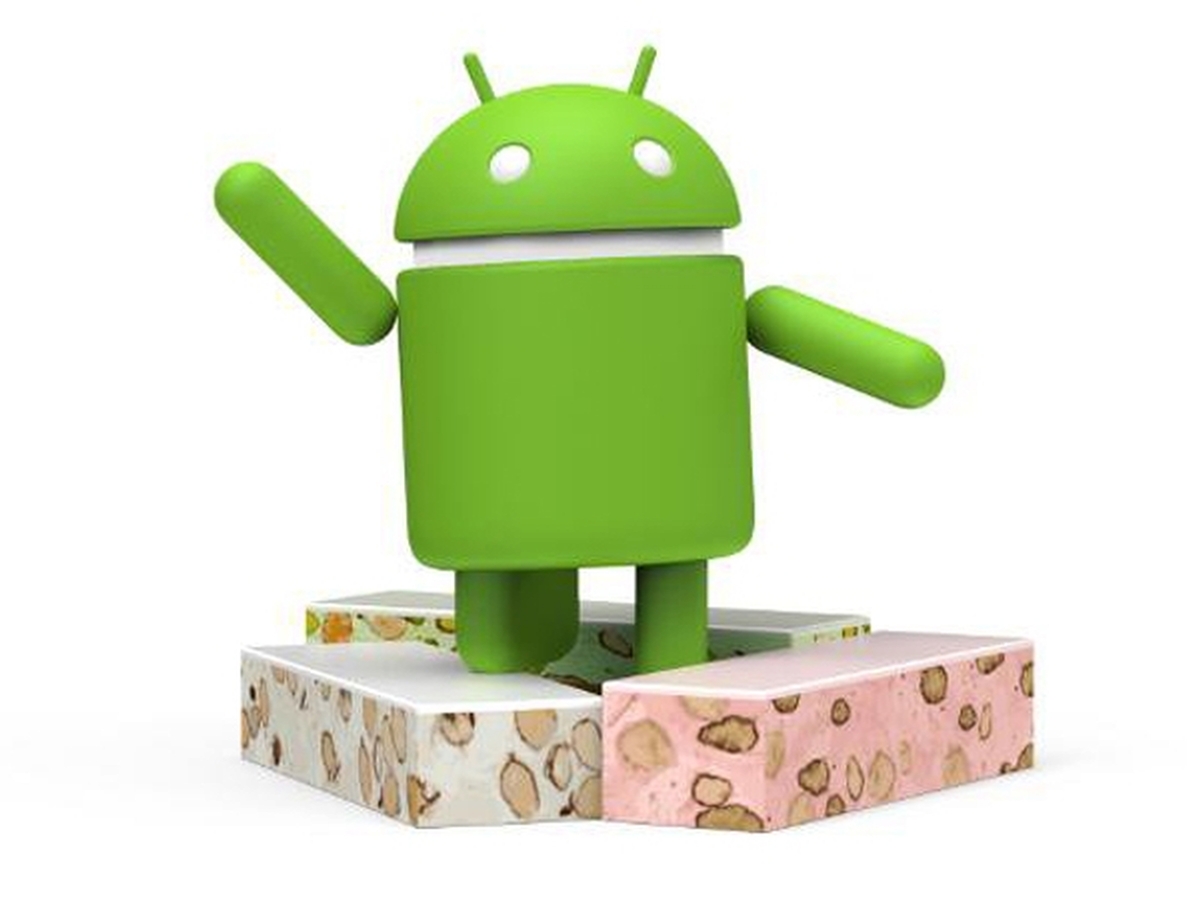Everything you need to know about Android Software
Android is a leading name in the mobile software business. It is also one of the most popular software that is used for mobile cell phones. Giants in the mobile cell phone business, like Samsung and Google, use Android.
Every once in a while, Android has a new upgraded version. Let us, however, focus on the names of the Android versions. Which always have the name of a dessert and are always in alphabetical order. The first two versions of the Android software were merely given numbers for names.
These were Android 1.0 and Android 1.1. Android 1.0 was released on the 23rd of September 2003, and Android 1.0 was released on the 9th of February 2009. The release of these most ancient versions didn’t feature code names.
The software, however, included a suite of early Google Apps like Gmail, Google Maps, calendar, and YouTube, https://www.bestunitedstatescasinos.com/. Android 1.5 was then released into the market. This version is popularly known as “Cupcake.” It was released in April 2009. This was the first Android software to be given the name of a dessert. So naturally, the world just took it as a name.
The cupcake was a package of new features. These included:
- Shortcuts and widgets on the home screen for easy customization of the home screen.
- An on-screen keyboard which made phones lighter and neat.
- Camera improvement in that it could record videos and upload them directly to YouTube.
- Stereo Bluetooth for wireless music transmission.
- Higher browser speed and copy and paste option in the browser.
“Donut” was then released in September 2009. This was android version 1.6. Another dessert, but then again, not many people put much thought into it as it was just another name. With the whole alphabet thing going on, they must have assumed it was another way to make the software famous.
Donut came with fewer improvements, such as:
- Universal search function -you could pinpoint contacts and apps or search the web.
- Ability to support more screen resolution giving rise to different-sized Android smartphones.
- Google Map navigation.
- Text-to-speech functionality.
- It improved video aspects.
- Refined Google search integration.
In October 2009 came Android version 2.0-2.1. Ladies and gentlemen, another dessert named software. This time with the name “Éclair.” It was apparent that Google had chosen dessert names for their Android software names. This version fixed some bugs and let users enjoy features such as;
- The multi-touch support which is a suggestive feature on the screen to try to suggest what you’re trying to type.
- Searching within MMS and text messages
- Exchange support which brought up outlook email and a unified email inbox.
- Improved camera settings such as flash, digital zoom, color effects, and white balance.
- Multiple Google accounts
- Web browser refresh with a new address bar and thumbnails.
By this time, the World had a little guessing game on what name Google would give their next Android software. In May 2010, they released “Froyo,” Android Version 2.2-2.2.3. Another dessert, too, had hit the scenes.
What do you get from Froyo?

- Flash player feature 10.1 which became one of its defining differences with its competitors like iPhone. Videos and photo slideshows came with this version as well.
- Settings that joined contacts and email in backing up to the Google’s serves. This meant you could automatically restore all your contacts on a new device.
- Enhanced Bluetooth compatibility with car speakers and docks.
- Portable WIFI hotspots.
- More features to connect to your Microsoft Exchange account, access to your outlook address book, and ability to swipe your phone remotely.
- Faster web surfing.
“Gingerbread,” Android version 2.3-2.3.7 was released in December 2010. This version looked sweet in many ways. Its features included:
- NFC support enables you to wave your phone in front of an NFC-enabled emitter to make purchases for tickets, among other uses.
- SIP for internet calling
- Notification bar, a user interface that prevents screen burn-in and increases battery life.
- Onscreen functionalities such as shortcuts ability to select, copy and paste text.
- Apps are arranged adeptly in the background, a feature which helps in saving battery power.
- Frontal camera with video shooting ability and self-image capturing.
- A download manager for organized downloads kept in check.
February 2011 brought with it Android version 3.0-3.2.6, sweetly named “Honeycomb.” It was explicitly released for tablets only and never for phones. It comes with support for USB flash drives into your tablets without a computer connection.
By the way, Android technologies were used to develop a mobile app for an online casino site. This Android-based casino is simple to operate and access as you get to play them anytime.
This version gives the following:
- UI improvements due to a large screen.
- Hardware buttons are designed in favor of on-screen buttons.
- Tabbed browsing.
- Bigger and bolder widgets.
- Redesigned YouTube and Gmail Apps to fit large screens.
Following the alphabetic order trend that had been set came “Ice Cream Sandwich,” Android version 4.0-4.0.4 in October 2011.
Features.
- Multi-storage space for apps.
- Faster, smoother browsing experience.
- The most significant redesign to Android with the Holo theme.
- Face recognition for unlocking the phone.
“Jellybean” was released as Android version 4.1-4.3.1 in July 2012 with these features.
- Google Now functionality.
- Ability to swipe the camera to view photos.
- Widgets align themselves when new ones come in.
- New accessibility and gesture features.
With “KitKat” following in October 2013, Android offered a brand new level of experience. It provides:
- Immersive mode for better content consumption.
- Better navigation bar for getting in and out of Immersive mode.
- Emoji keyboard for emoticons.
- Unified Hangouts and messaging app.
- Better cloud print support.
- Full-screen wallpapers.
- New dialer with Caller ID feature.
- Lock screen widgets support.
- Smarter, hands-free Google Now Integration.
“Lollipop” was then released in November 2014. Its features included;
- Better settings support.
- Battery saver for Enhanced battery life
- New lock screen.
- Smart Lock features via Google Play Services.
- Guest mode for device sharing.
- App pinning.
“Marshmallow,” Android 6.0 was released in October 2015 with these features:
- Official fingerprint support for devices.
- Mobile payments Support via Android Pay.
- Better permissions model for apps.
- Google Now on Tap.
- Deep linking of Apps.
“Nougat,” Android 7.0 is Google’s latest Android software, released in 2016. It brought with it significant improvements and features such as:
- Better standby time.
- Multi Window functionality for using two apps at the same time.
- Clear all in the recent apps screen.
- Direct reply to notifications.
- Bundled notifications.
- Quick Settings customization.
Android 8.0 Oreo brings us to the most recent version, and here’s what it brings with it:
- Redesigned notification shade.
- Easter egg.
- AutoFill for remembering passwords for apps.
- Super-fast booting time.
- A new collection of redesigned emojis.
- Strict rules for background processes.
- Better categorization of notifications.
The Android platform has evolved significantly since its birth in 2008. Daily, the platform supports more than 1 billion users and has seen smartphone technology go places.
Every rollout of Android version presents sweet features, and better ones are still yet to be released, exclusively by Google.





















